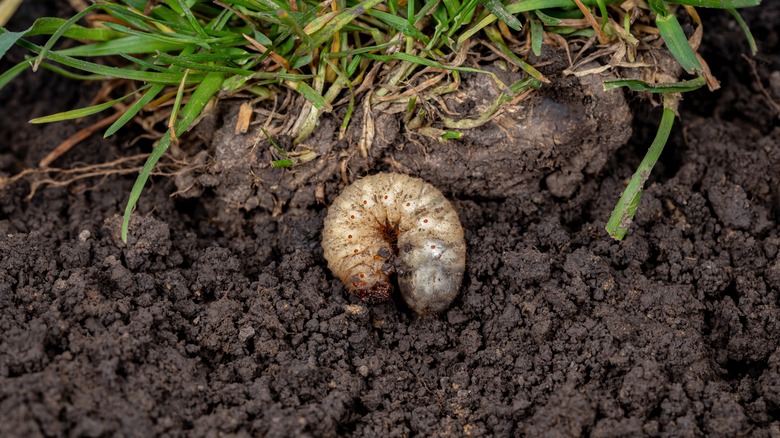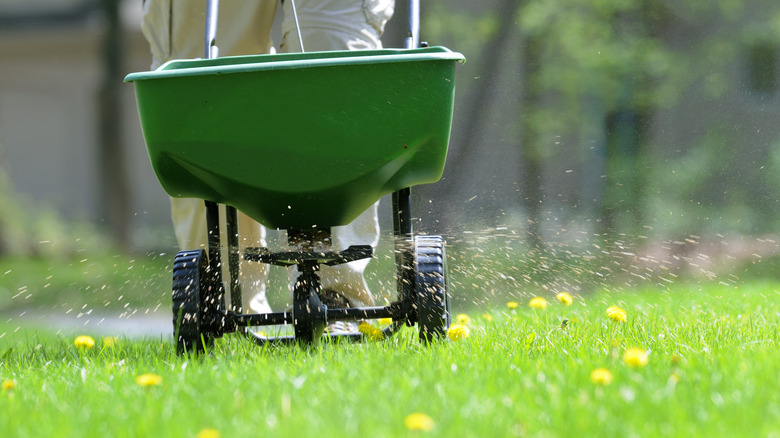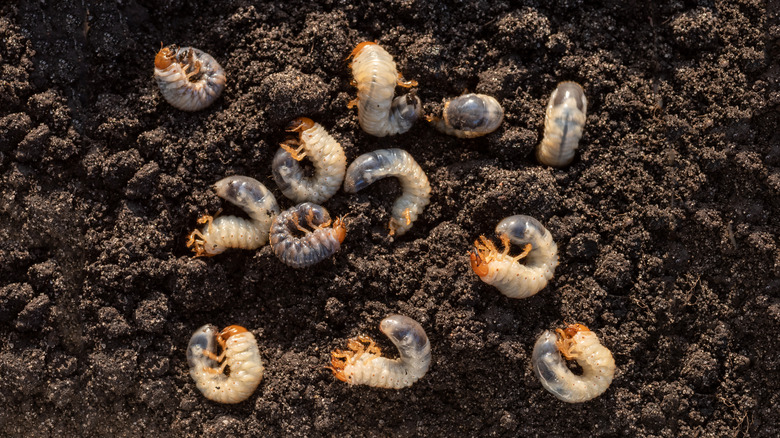The Best Time To Apply Grub Control To Your Lawn
When it comes to creating a lush lawn, few things put as much fear into homeowners as the grub worm. You may not actually see grubs very often, as they bury themselves in the ground, just under the roots of your grass plants. However, you will notice their damage when brown spots form in the lawn. Controlling these insects is a challenge, but it's easier when you apply grub control at the best time, which usually is early to mid-summer. This application prevents the next generation from forming, helping you avoid further damage the following growing season.
Preventative measures that happen in June work to eliminate the eggs that eventually become the worm, stopping hatchings that would occur in mid-summer. This is the most effective way to get rid of grubs, as typical insecticides don't work as well on them once they reach the larvae stage.
For homeowners who have a significant grub problem now, you can apply an insecticide in early spring that will help with killing the grubs as the larvae grow. However, this usually requires a commercially available product that typically isn't available to homeowners, meaning you would likely have to hire a lawn care company. You then would apply a second treatment in early to mid summer as well to help with preventing the next generation of grubs from appearing.
How to apply grub control
It's important to note that insecticides are one of several ways to get rid of grub worms. However, some of the other options, such as allowing your lawn to dry out or allowing birds to dig out the grubs, ruin the aesthetics of your lawn. Applying grub control tends to provide the best results while maintaining the lush, green look of the grass.
Most grub control products made for residential use consist of granules that you can apply with a spreader. Start by determining the square footage of the area where you want to apply the granules. If you are applying the granules in June as a preventative measure, treating the entire lawn is advisable. Remember, grubs can appear almost anywhere on your lawn during the following season, not just where they appeared in the past. Purchase enough product to cover the desired space. It's important to select a product that has an active ingredient called trichlorfon or carbaryl. Some products may use a brand name called Dylox for the active ingredient.
Read the instructions for applying the product you purchased. Typically, grub control granules work best after you've mowed the lawn and at a time when no rain is expected for 24 hours on either side of the application. Most applications using granules require you to add a specific amount of water to the lawn after application. Rain amounts are unpredictable, so you want to set your sprinkler system to generate the exact amount of water required.
How do I know if I need grub control insecticides?
Some people choose to apply grub control every year. While this is a workable solution, you don't necessarily have to spend the money annually. A healthy lawn can have some of these insects and continue to look amazing. As many as five grubs per square foot of turf should not cause noticeable damage.
If you suspect major grub problems, which often appear as brown patches in the lawn, use a shovel to loosen the turf in the area with damage. Cut the sod a couple of inches deep and peel back the layer of grass to look underneath the roots. If you see several of the pests in the dirt or if the roots are mostly gone, you can attribute that to these insects, rather than to a fertilizer problem or to a problem with dog urine. You then can perform preventative grub control measures in early summer or hire a commercial company for other applications.
When grubs are in the larvae stage, they eat the roots of the grass. In this stage, they have a white or grayish-white appearance with an orange head. They grow to an inch or two in length. They'll appear curled when you see them, almost like the letter "C." It can take several months from the time the adult insect – usually a June bug or a billbug – lays its eggs before the grub reaches the larvae stage. Consequently, getting rid of June bugs or billbugs is another option for trying to control this pest.


